10+ Conversion KPIs & Metrics to Optimize for Success (Examples & Tips)

Improving your KPI conversion requires diverse skills across copywriting, digital psychology, and web analytics.
This guide explores the analytics side.
Today, you’ll learn the following:
- What is Conversion Rate Optimization (CRO)?
- What are Conversion KPIs?
- Top Conversion KPIs & Metrics to Optimize for Success
- Tips & Best Practices to Optimize Conversion Rate
- How to Track Conversion KPIs with DashThis
- Automate Your Reporting
What is Conversion Rate Optimization (CRO)?
Conversion rate optimization (CRO) is increasing the percentage of users to complete a desired action.
This can look like this:
- Boosting the number of orders in an e-commerce store… after removing distracting elements on the checkout page
- Increasing the number of paying customers for a B2B software website… after arranging the pricing tiers from cheapest to most expensive (or vice versa)
- Improving the number of conversions on a sales page… after mirroring the exact words and phrases from your VoC data in your headlines, body copy, and call-to-action (CTA) button
CRO is a systematic approach scattered across multiple disciplines.
As you can see from the examples above, it requires mastery in fields like copywriting, user experience, web analytics, product messaging, and digital psychology.
What are Conversion KPIs?
Your CRO projects will involve a myriad of conversion KPIs.
Conversion KPIs are a bunch of metrics that track the number of users successfully converted to the next stage (e.g., website visitors to leads, trial users to paying customers).
Here’s how it might look for a lead generation ad campaign on LinkedIn:
Conversion KPI: Attract X new leads monthly
Conversion metrics:
- Cost per acquisition (CPA): Measure the amount of money you’re spending to acquire a new lead
- Conversion rate: Monitor the percentage of users who downloaded your lead magnet
- Click-through rate from ad to landing page: Track the effectiveness of your ad copy, banner, offer, and CTA, among other factors
Conversions is an important KPI that monitors your marketing efforts' return on investment (ROI) and ensures that you’re not overspending on customer acquisition.
Why are they crucial to measure?
Conversion KPIs are crucial because they evaluate your overall marketing performance.
These key performance indicators tell you if your marketing campaigns resonate with your target audience. When you measure them alongside other data, you can identify your biggest conversion road blockers at the most granular level.
That’s huge.
Because once you figure out what's wiping out your bottom line, you can quickly fix them and reclaim those conversion actions.
Top Conversion KPIs & Metrics to Optimize for Success
How do you improve your overall digital marketing strategy? Use the metrics below to diagnose your website traffic and campaign performance.
Website conversion KPIs
Your website is a digital welcome mat. Start measuring these metrics to understand user behavior, attract returning visitors, and increase engagement.
- Unique visitors
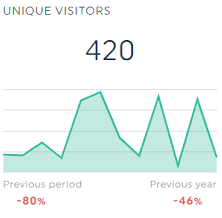
Unique visitors track the number of people visiting a page (or multiple pages) on a website in a period.
- Click-through rate
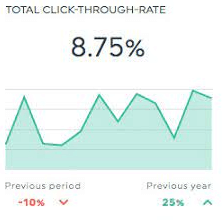
Click-through rate is the percentage of clicks received from all users who viewed an ad or page.
- Traffic sources
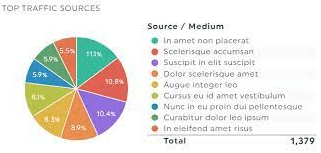
Traffic sources track the mediums that drive visitors to your website (e.g., referral, paid search, email traffic).
- Average time on website
Average time on website calculates the average time users spend on your site. The longer a user spends on a website, the more engaged they are.
- Bounce rate
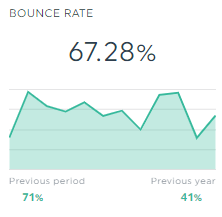
Bounce rate is the percentage of visitors leaving a web page (or clicking the back button) taking no action.
It’s measured against the page’s total visits and usually tracked to gauge user experience (i.e., speed of website, whether SEO blog posts match searcher intent).
Marketing campaign conversion KPIs
Websites and marketing channels go hand in hand. Note the following metrics that track your marketing campaign from beginning to end.
- Return on ad spend
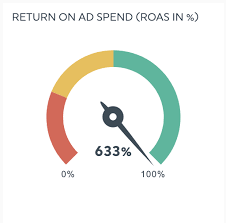
Return on ad spend (ROAS) is the amount of revenue a company earns for every dollar spent on advertising.
- Return on investment
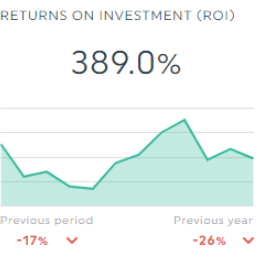
Return on investment (ROI) is a company's returns from all marketing activities (e.g., hiring agencies, spending on ads).
- Conversions and conversion rate

Conversions is the number of users who completed a desired action among all visitors in a specific time frame.
- Cost per acquisition

Cost per acquisition (CPA) tracks the total cost to gain a new customer. This is the metric to measure when you want to ensure you’re not attracting new customers at the expense of profitability.
- Cost per thousand impressions
Cost per thousand impressions (CPM), or cost per mile, is the total cost of 1,000 impressions on a web page.
- Customer lifetime value
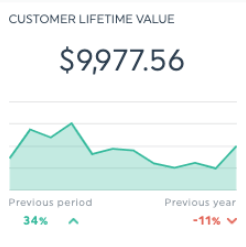
Customer lifetime value (CLTV) is the total value of a customer throughout their relationship with your company.
Track it to measure your retention efforts.
Tips and Best Practices to Optimize Conversion Rate
The conversion rate is a critical metric influencing customer acquisition cost and revenue growth. Apply these three powerful tips to turn the tide against low conversions.
Offer clear, concise and compelling copywriting
Great copywriting is like a top-performing salesperson.
The only difference?
Instead of pitching to individual customers, you’re selling to everyone at once. That’s potentially hundreds and thousands of money on the table.
Ensure that your copy reflects customers’ struggles and desires before positioning your product as the best solution. Research to capture voice of customer (VoC) data and mirror back their language to convey that you understand their needs.
Optimize CTAs
What do all-powerful calls to action have in common?
They include power words that elicit an emotional response.
The next time you want to motivate customers to take instant action, optimize your CTAs with power words like free, grow, and discover.
And demonstrate the value of your product before making a big ask.
For example, a productivity software company looking to increase the number of subscribers in its email list might create a copy and CTA like this:
“Join [newsletter] to unlock world-class insights to work less and earn more every Monday.”
[Subscribe FREE]
And while you’re at it, add a subscriber’s testimonial to drive conversions.
Collect and analyze visitor data
CRO involves active experimentation.
Audit and analyze your campaigns and apply the tips above to optimize your conversion rate KPI. Conduct A/B tests to see which variations outperform the rest.
Consider tracking these multiple campaign performances with an automated reporting tool like DashThis.
That way, you can automatically gather your entire marketing data into one beautiful dashboard and quickly analyze your performance at a glance.
How to Track Conversion KPIs with DashThis
Long gone are the days of manually hopping from one platform to another and copy-pasting data rows into spreadsheets.
With a sleek reporting tool like DashThis, you can turn all your marketing data into one customizable dashboard.
Here’s how it works:
- Select a report from 40+ templates
- Integrate your favorite marketing analytics tools with DashThis
- Select your metrics in Preset Widgets
DashThis will automatically gather the conversion KPIs and metrics you selected and turn them into beautiful graphs.
Here’s how it might look when you create a social media report.
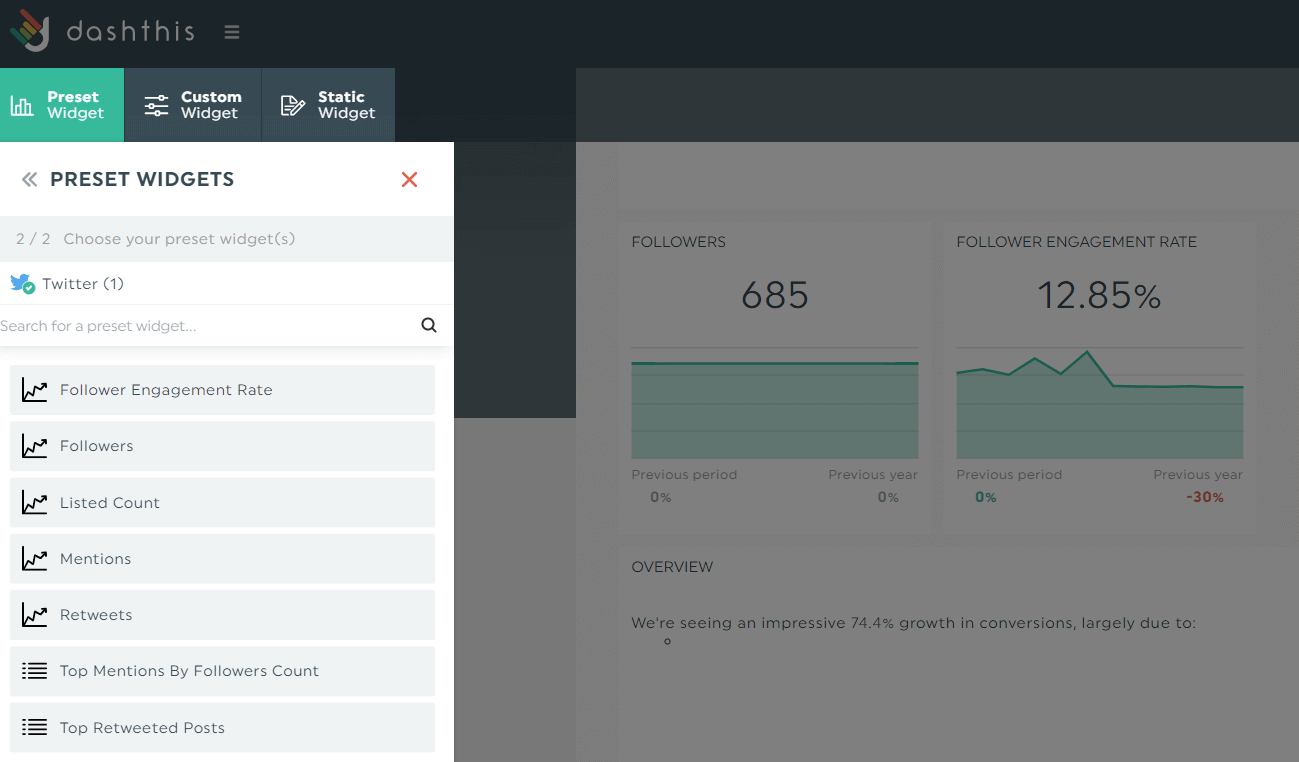
Drag and drop the metrics as you desire to form a cohesive look.
Consider following these tips to take your marketing report to the next level:
- Add notes within the dashboard to provide context. This lets clients and the marketing team easily view your comments without leaving the platform.
- Merge widgets to combine data from different sources (e.g., Facebook CTR, LinkedIn CTR, and Twitter CTR within a single social media CTR widget)
- Include recommendations within the dashboard to outline the next steps. No more emails or awkward video calls.
Share the report via email or a URL link.
Better yet, distribute your report automatically (via email dispatches) to give clients real-time access to their dashboards.
Grab your free 15-day trial here to create reports in the blink of an eye.
Grab this digital marketing report template
Customers engage with brands at different touch points, which makes it increasingly difficult to keep track of the entire customer journey.
Use the digital marketing report below to measure your CRO efforts across multiple channels.
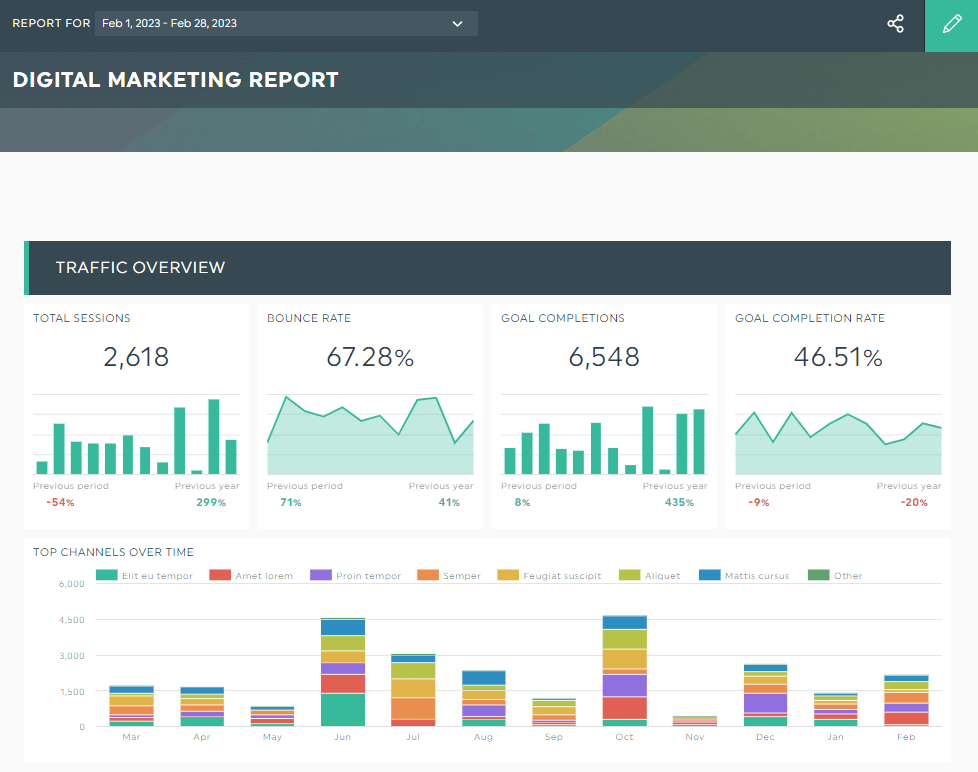
Grab this report with your own data!
With a visual layout like this, you can easily identify your best-performing campaigns, channels, and content.
DashThis gathers your entire marketing KPIs into a single report.
Increasing the total number of leads in your B2B sales funnel via Facebook and LinkedIn?
Retargeting abandoned shoppers in a win-back email marketing campaign and Google Ads?
Tracking SEO performance on Ahrefs, Google Search Console, Google Analytics, and Bing?
All you have to do is connect these channels, pick a template (or start from scratch), and pull your metrics with the click of a button.
DashThis will handle the rest.
Automate Your Reporting
CRO is a strategic approach requiring diverse skills across complex disciplines like copywriting, web analytics, and digital psychology.
Apply these tried-and-tested tips to drive more valuable actions from the same users without exceeding your marketing budget.
Better yet, complement your analysis with a reporting tool like DashThis.
By automating your data collection, you can quickly track all your A/B testing campaigns and analyze what’s working simultaneously.
DashThis grabs your entire marketing data into one beautiful dashboard automatically. Pricing starts at $33/month when billed yearly. Grab your free 15-day trial here to automate your reporting and gain back hours of your time today.
Start reporting on your conversion rate and other essential metrics.
Read More
Don’t miss out!
Automate your reports!
Bring all your marketing data into one automated report.
Try dashthis for free

